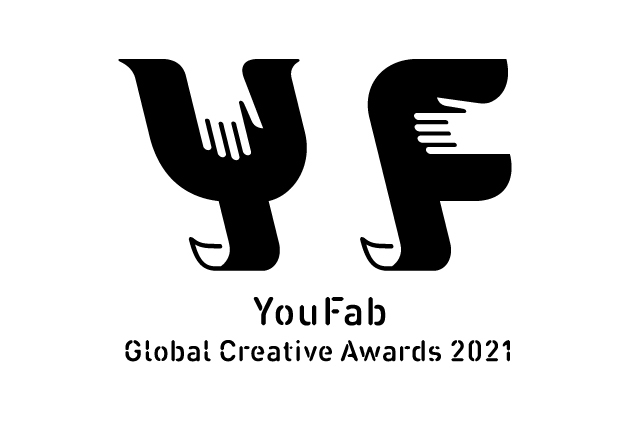Dimensional Dialogues: Ways to Code Switch
-
Work Title
Dimensional Dialogues: Ways to Code Switch
-
Work Title(EN)
Dimensional Dialogues: Ways to Code Switch
-
Please describe the concept of your artwork in 2000 words.
This project is a series of animated conversations with parents and friends that explores the complexities of immigrant families, language barriers, and cross-cultural upbringing—which results in code switching in our everyday vernacular. In this context, code switching refers to the alternation between two or more languages in a single conversation. I’m specifically looking at code switching between English and Cantonese. Through graphic design, I investigate the ways by which multilingual people communicate and negotiate the boundaries of language. Dimensional Dialogues: Ways to Code Switch do not provide any English subtitles in order to deliberately modulate accessibility, thus varying the viewing experience for different audiences depending on their language backgrounds. The subject matter within the films are all related to mundane everyday occurrences to display and emphasize how organic it is for individuals to code switch.
There are a myriad of ways and motivations by which individuals code switch and I have illustrated three:
1) The lack of knowledge and inability to conjure up terms in Cantonese when conversing with parents. Due to this, digital translators are introduced as a tool for communication to further the exchange, creating an aspect of simultaneity in daily dialogues.
2) Lexical gaps in English due to the lack of perfect equivalence between languages, which engenders switching to Cantonese for easier comprehension and semantic accuracy.
3) Having the desire to switch between the languages of English and Cantonese when talking with friends who speak the same ones. Through this shared experience, it creates a sense of belonging, allowing for complete understanding. Depending on the situation and the individual one is talking to, code switching arises fundamentally out of necessity or desire. -
Please describe the concept of your artwork in 2000 words. (EN)
This project is a series of animated conversations with parents and friends that explores the complexities of immigrant families, language barriers, and cross-cultural upbringing—which results in code switching in our everyday vernacular. In this context, code switching refers to the alternation between two or more languages in a single conversation. I’m specifically looking at code switching between English and Cantonese. Through graphic design, I investigate the ways by which multilingual people communicate and negotiate the boundaries of language. Dimensional Dialogues: Ways to Code Switch do not provide any English subtitles in order to deliberately modulate accessibility, thus varying the viewing experience for different audiences depending on their language backgrounds. The subject matter within the films are all related to mundane everyday occurrences to display and emphasize how organic it is for individuals to code switch.
There are a myriad of ways and motivations by which individuals code switch and I have illustrated three:
1) The lack of knowledge and inability to conjure up terms in Cantonese when conversing with parents. Due to this, digital translators are introduced as a tool for communication to further the exchange, creating an aspect of simultaneity in daily dialogues.
2) Lexical gaps in English due to the lack of perfect equivalence between languages, which engenders switching to Cantonese for easier comprehension and semantic accuracy.
3) Having the desire to switch between the languages of English and Cantonese when talking with friends who speak the same ones. Through this shared experience, it creates a sense of belonging, allowing for complete understanding. Depending on the situation and the individual one is talking to, code switching arises fundamentally out of necessity or desire. -
Work Specification
Size: 1920x1080, video animation made with Adobe After Effects and Illustrator
-
Work Specification(EN)
Size: 1920x1080, video animation made with Adobe After Effects and Illustrator
-
Media CoverageURL
-
Video URL
https://vimeo.com/559048822
-
Your OfficialURL (Website, Instagram, Facebook)
angelayang.xyz
-
Please describe how your work relates to the theme of the special prize.


